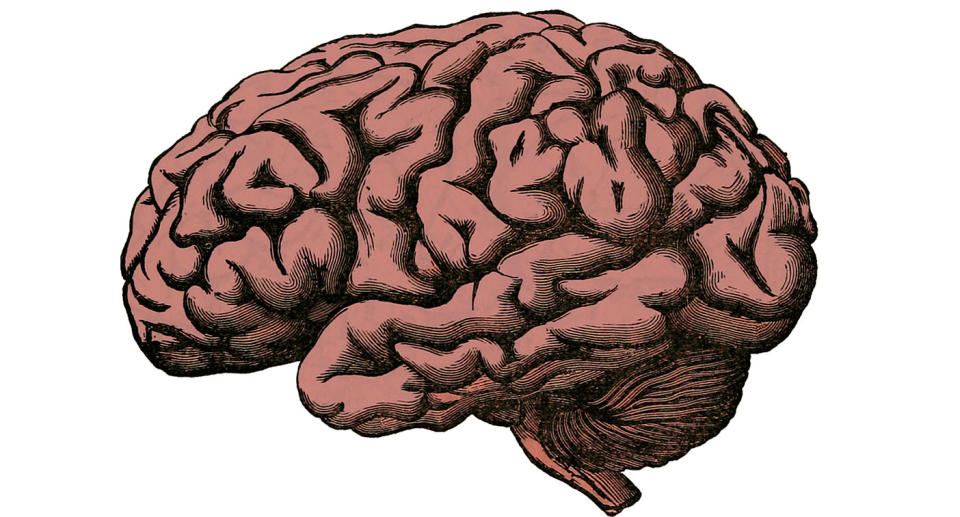How would you know if you had a brain tumour? Here's how to tell

Brain tumours – abnormal growths in the brain – are not common in adults in Singapore, but they account for about 20 per cent of all cancer cases among children. They are of two main types – primary and secondary – and can be benign or malignant. Brain tumours can affect the normal functioning of the brain and nervous system, and be life-threatening.
Primary brain tumours occur in the brain and central nervous system while secondary or metastatic brain tumours, which are more common than primary ones, begin in other parts of the body and spread to the brain. There are over 120 different types of primary brain tumours.
The exact cause of a brain tumour is unknown, though hereditary factors and exposure to ionising radiation (e.g., radiation therapy for cancer) may increase your risk of developing it.
“Brain tumour includes all abnormal growths in the brain, which could be benign or malignant. Brain cancer specifically refers to a brain tumour that is malignant,” says Dr Tham Chee Kian, Senior Consultant, Division of Medical Oncology, National Cancer Centre Singapore.
What are the symptoms of a brain tumour?
Symptoms, which vary according to the type of tumour, its location and its rate of growth, include the following:
Severe, prolonged recurrent headaches
Nausea, vomiting
Seizures, fits
Unexplained drowsiness
Changes in vision and hearing
Speech abnormalities
Weakness, loss of function of limbs
Problems with balance and coordination
Personality changes
Changes in memory, concentration, alertness
A brain tumour is diagnosed with the help of a neurological exam and imaging tests such as an MRI (magnetic resonance imaging) scan or a CT (computed tomography) scan. Additionally, your doctor may perform a biopsy to determine if the tumour is benign or malignant.

How is a brain tumour treated?
Treatment depends on the size, type, grade and location of the tumour and can involve surgery, radiation and chemotherapy. Brain tumour treatment can be challenging and carries considerable risk, particularly if the tumour is near a delicate part of the brain or spinal cord. Parts of the tumour may remain after surgery and there is a possibility that it will grow back.
Post-treatment recovery may be a long-drawn process and you may require physiotherapy, occupational therapy, speech therapy etc., before you can resume your normal activities.
“It is also helpful to seek counselling advice and share your experience through the support groups available such as the Brain Tumour Society Singapore support group,” says Dr Tham.
More from the author:


